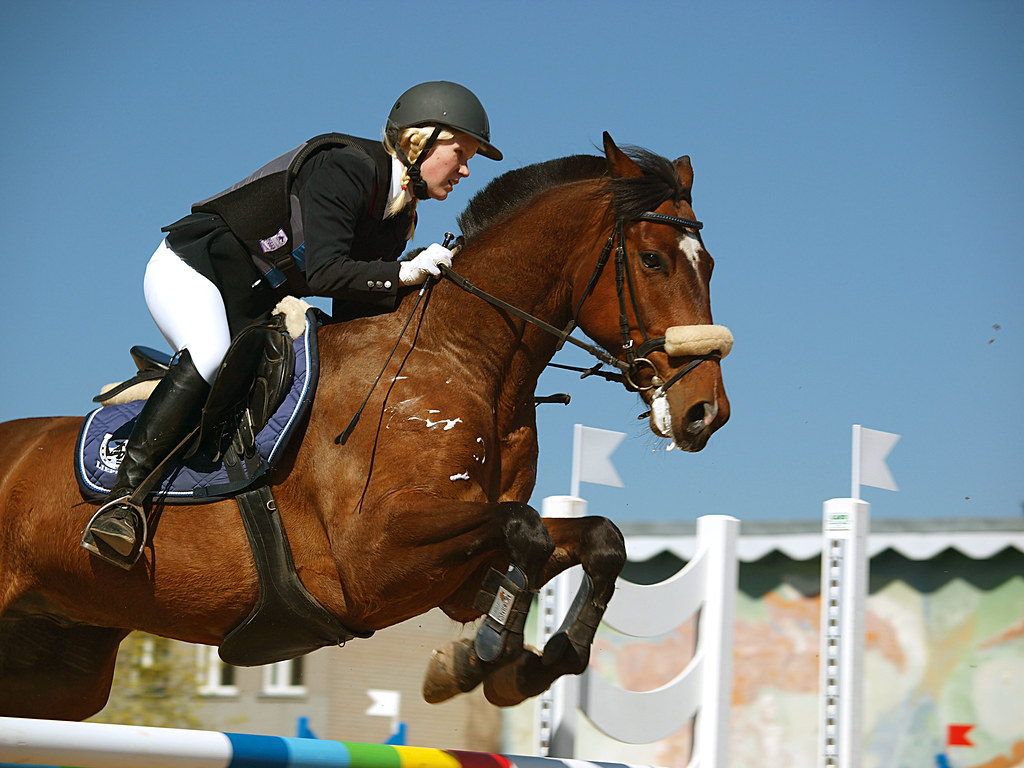
It’s no secret that the worlds of sports and entertainment often intertwine, creating a unique blend that captivates audiences worldwide. This fusion doesn’t just generate excitement; it’s actively reshaping our cultural landscape, blurring boundaries, and leading to some truly unforgettable — and sometimes messy — spectacles. We’re living in an era where the pursuit of spectacle and profit increasingly dictates the evolution of what we call ‘sport,’ and fans are right there, glued to multiple screens, soaking it all in.
Today, we’re seeing an unprecedented convergence, a dynamic ecosystem where what happens on the field can jump straight into a video game, and a movie plot can inspire a real-life athletic endeavor. This isn’t just about big names collaborating or a catchy halftime show; it’s about a fundamental shift in how we consume, engage with, and even define competitive events. The digital age, with its boundless streaming options and social media buzz, has thrown gasoline on this fire, creating a vibrant tapestry where every game, every match, every viral moment is a piece of a larger, interconnected narrative.
Join us as we take a deep dive into some of the most compelling instances where these two titans — sports and entertainment — have collided, giving us moments that were sometimes thrilling, sometimes controversial, but always undeniably impactful. We’ll explore how these collisions challenge core values, redefine fan engagement, and ultimately, pave the way for a future where the lines are not just blurred, but beautifully, inextricably merged.

1. **The Paul-Tyson Boxing Match: A Spectacle Prioritizing Profit**One of the most high-profile instances where entertainment clearly overshadowed traditional sporting values was last year’s Netflix-produced boxing match between influencer Jake Paul and boxing legend Mike Tyson. This event wasn’t just a fight; it was a cultural phenomenon, drawing over 108 million viewers. The sheer viewership numbers highlight a significant public appetite for such crossover events, where the celebrity status of the participants often eclipses the conventional competitive elements of the sport.
While the financial incentives for both Paul and Tyson were reportedly in the tens of millions, raising questions about the motivations behind the bout, the match itself stirred considerable debate regarding participant safety and the integrity of boxing. Despite some adjustments, such as using 14-ounce gloves instead of 10-ounce ones to reduce impact, Tyson’s age at 58, his recent health issues, and the absence of protective gear were significant risk factors that couldn’t be ignored.
This event, despite its massive appeal, exemplified a trend where external values like fame and prize money are prioritized at the expense of sport’s internal values. As philosopher Alasdair MacIntyre suggested, internal values include fairness, physical excellence, adherence to regulations, and honesty. When these are sidelined for entertainment, it calls into question what we truly value in competitive sports. We believe that such events should be clearly labeled as “not sport,” creating a distinct separation from the sports they draw inspiration from, ensuring clarity for audiences and upholding the integrity of the core discipline.

2. **The Enhanced Games: Challenging Sport’s Core Values with ‘Doping-Legal Olympics’**Speaking of controversial collisions, the proposed Enhanced Games, also known as the “doping-legal Olympics,” represents an even more radical challenge to the traditional framework of sport. Proposed by Australian billionaire Dr Aron D’Souza in August 2023, this initiative aims to be an alternative to what its proponents call the “corrupt and dysfunctional” world of the Olympics. It has already garnered significant financial backing, notably from US billionaire and PayPal founder Peter Thiel.
This event plans to put into practice a version of “doping under medical supervision,” a concept advocated by some philosophers who claim it promotes honesty and transparency, while creating a safe environment for athletes. The allure of substantial prize money, such as the $1 million awaiting those who break 50 and 100-meter freestyle swimming records, has even enticed at least one former swimming world champion to consider coming out of retirement to compete. This potent combination of financial reward and a permissive stance on performance-enhancing drugs fundamentally challenges the World Anti-Doping Agency (WADA)’s “spirit of sport” criteria.
However, the risks associated with allowing performance-enhancing drugs are undeniably serious, raising significant concerns about health, harmful combinations of substances, and negative spillover effects on young people and society as a whole. While proponents argue for honesty, the presence of financial incentives creates a strong motivation for athletes to “take and hide” substances secretively, thereby undermining the very ethos of transparency the Enhanced Games claims to uphold and further endangering athletes’ health. The public’s widespread discontent, often unfairly seeing athletes as the sole culprits in doping scandals, reflects a complex issue that the new WADA Code, due in 2027, must seriously address by extending liability beyond athletes to their entourages.
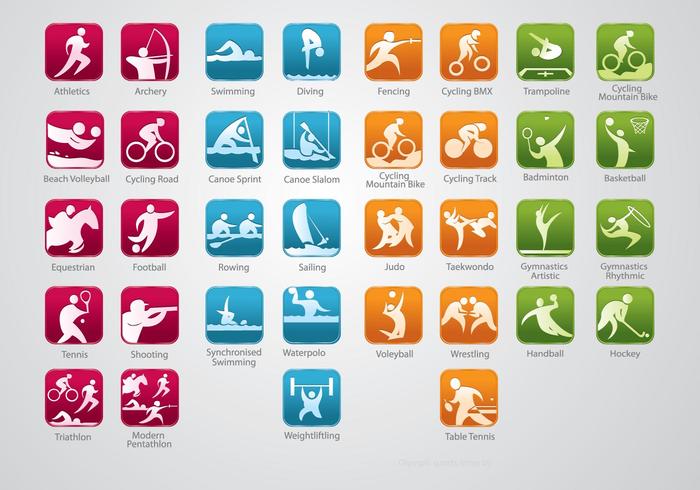
3. **The Ever-Evolving Nature of Sports: From Motorboating to Breakdancing**The collision of sports and entertainment isn’t a wholly new phenomenon; sports themselves are dynamic, a product of their time, continually evolving and reflecting societal changes. Just consider the Olympic Games as a prime example. Events that once seemed central, such as motorboating, tug-of-war, and obstacle course swimming, were part of the 1900s Games but have since come and gone, demonstrating the mutable nature of athletic competitions.
More recently, the Olympic Games have embraced new forms of competition that clearly bridge the gap between traditional athleticism and contemporary entertainment. Breakdancing made its debut in last year’s Paris Olympics, captivating a new generation of viewers with its blend of artistic expression, athleticism, and urban cultural roots. This inclusion signifies a broader recognition of what constitutes a competitive sport in the 21st century, often incorporating elements that are highly engaging and visually spectacular.
Looking ahead, lacrosse is set to make a return in the 2028 Games in Los Angeles, further illustrating this continuous evolution. These changes aren’t just about adding new disciplines; they reflect society’s shifting interests and the constant search for events that resonate with current cultural trends. Ultimately, this adaptability ensures sports remain relevant and exciting for diverse audiences, even if it means bending traditional definitions to include more entertainment-centric forms of competition.

4. **The Rise of Social and Video Platforms in Sports: Curating Your Own Experience**In today’s digital landscape, the way fans consume sports has been utterly transformed by social and video platforms, pushing sports and entertainment into an exciting new era. It’s no longer just about watching a game on a single screen; a vast majority of sports fans now use second screens during live broadcasts to discuss games with friends or check social media, actively curating their own broadcast experiences.
This shift is particularly pronounced among younger fans, who are flocking to platforms like YouTube for highlights, live influencer commentaries, and vibrant communities built around sport. YouTube, owned by Google-parent Alphabet, has seen an impressive 45% increase in sports content viewing in 2024. This surge is fueled by people searching for highlights of major events like the Paris Olympics and tuning into YouTube’s exclusive NFL coverage on Sundays, indicating a clear preference for personalized, on-demand content.
Content creators are at the forefront of this revolution. Mark Goldbridge, a British streamer, hosts hugely popular live “watchalongs” of Premier League soccer matches on YouTube, regularly attracting over 250,000 viewers. He notes that “People aren’t just watching Sky Sports at half past four anymore, they’re multitasking.” Fans are engaging in live chats and even playing video games with sports on in the background, creating a multi-layered entertainment experience. This phenomenon isn’t just about consumption; it’s about active participation and community building, offering a richer, more interactive fan experience than ever before.
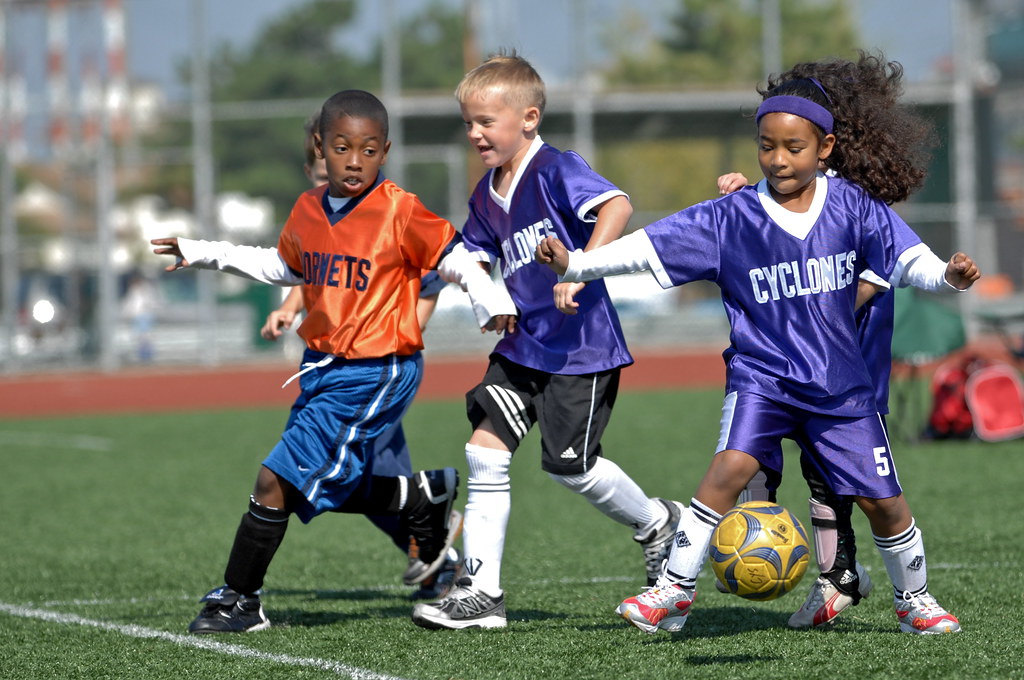
5. **Streaming Platforms Boosting Sports Media Rights Value: A Lucrative New Battleground**The migration of viewers onto streaming platforms isn’t just changing how we watch sports; it’s creating an incredibly lucrative new landscape for rights holders. The increased competition from tech giants like Amazon, Netflix, and Disney has significantly driven up the value of America’s streaming sports media rights. According to estimates from S&P, this value skyrocketed from $14.6 billion in 2015 to nearly $30 billion in 2024.
This explosive growth highlights the immense economic power generated when sports collide with the vast reach and innovative distribution models of entertainment-focused streaming services. For rights holders, these deals are goldmines, offering unprecedented financial returns. However, this trend isn’t uniform across the globe. Ben Stevenson, head of insights at research firm SportBusiness, notes that “In European markets like Germany, France, and Britain to an extent, there’s been a lot more stagnation,” with media revenues declining post-Covid.
In these more established European markets, teams and leagues have often preferred the perceived stability and guaranteed viewership that comes with traditional broadcast deals. This preference for legacy broadcasters can slow down innovation in streaming, despite the clear financial advantages demonstrated in markets with less entrenched traditional media. The contrasting pace of adoption underscores the complex interplay between financial incentives, existing infrastructure, and audience behavior in shaping the future of sports media rights.

6. **Traditional Broadcasters Adapting to the Digital Wave: The Sky Sports Evolution**While newer streaming platforms are disrupting the sports media landscape, traditional broadcasters aren’t just standing by. They are actively adapting, recognizing that embracing digital innovation is crucial for survival and growth in this convergent world. These shifts represent a significant opportunity for legacy media outlets to develop lucrative new content formats that cater to evolving audience preferences.
Take Britain’s Sky Sports, for example, a powerhouse in European sports broadcasting. They are rapidly transforming to meet people’s growing demand for live sports content delivered through digital channels. In August 2024, Sky Sports launched its own streaming service. This strategic move provides fans with access to a significantly expanded array of content, including four times as many lower-league soccer matches, alongside greater coverage of tennis, golf, and other sports.
This adaptation by traditional broadcasters like Sky Sports is a clear indication that the future of sports consumption is hybrid, blending the familiarity of established brands with the flexibility and breadth of streaming technology. It’s about meeting fans where they are, offering more choices, and ultimately, ensuring that they remain central to the ever-evolving narrative of sports and entertainment. As Ben Stevenson from SportBusiness observed about F1, which increased its deal value from around $4 million to $80 million by shifting to digital programming, the potential for growth through adaptation is massive.

7. **From the Sidelines to the Spotlight: When Athletes Become Pop Culture Icons**There’s a special kind of magic that happens when an athlete transcends the boundaries of their sport and steps squarely into the realm of pop culture. These aren’t just skilled competitors; they become household names, their influence echoing far beyond the arena or field. Think of legends like Michael Jordan or Serena Williams, whose personal brands are as iconic as their athletic prowess and their incredible achievements on court or pitch. Their stories inspire millions, not just for their athletic feats, but for their impact on global culture.
These athletes aren’t content with just winning championships; they strategically foray into entertainment, crafting narratives that captivate a global audience. Whether it’s through starring in blockbuster movies, launching their own fashion lines, or making memorable appearances on reality TV, these ventures aren’t just side hustles. They are powerful extensions of their celebrity, solidifying their status as cultural touchstones and creating a legacy that extends beyond their playing days.
This blurring of lines has tangible impacts, stretching into various aspects of our lives. An athlete’s off-field endeavors can profoundly sway public perception, influence lucrative endorsement deals, and even subtly shift betting trends as fans connect with their expanded persona. Their compelling stories resonate with a much wider demographic than just avid sports fans, adding layers of depth and intrigue to the ever-evolving narrative of their careers and personal journeys.
Media coverage plays a truly pivotal role in this synergy, acting as a megaphone that elevates the appeal of these sports events and personalities to an even broader audience. This increased visibility, in turn, influences betting interests, as fans anticipate not just the outcome of a game, but also the entertainment highlights and personal stories surrounding their favorite stars. It’s a complete package of engagement, making every moment more impactful.
Ultimately, this phenomenon is far more than a fleeting trend. It represents a fundamental shift in how we engage with and celebrate athletic excellence. When athletes connect with fans on a more personal, entertainment-driven level, they create a richer, multi-faceted experience that keeps audiences hooked, proving that the game extends far beyond the final score and into the broader fabric of our cultural conversation.

8. **Life Imitates Art: How Sports and Entertainment Mirror Each Other**It’s a truly fascinating dance, the way fiction can inspire real-world sports, and conversely, how genuine athletic triumphs and tribulations often become the compelling narratives of entertainment. This creative interplay forms a continuous loop, constantly enriching both spheres in unexpected and exciting ways. It’s a testament to the power of human stories, whether imagined or lived, to captivate and motivate.
Consider how many people were inspired to hit the gym and chase their dreams after watching “Rocky,” a film that became synonymous with fighting spirit. Or how “Friday Night Lights” infused high school football with an entirely new dimension of community passion and dramatic stakes, showing the deep emotional investment within local towns. Even elements born from pure fantasy, like J.K. Rowling’s Quidditch, have jumped off the page, transforming into a real sport played competitively on college campuses worldwide, showing fiction’s tangible impact.
Then, flip the script, and you’ll find countless instances where the raw emotion and drama of real-life sports history have provided fertile ground for captivating entertainment. The truth of the statement ‘life imitates art’ is demonstrated vividly in countless TV shows and movies that mirror our athletic triumphs and tribulations, bringing historical moments to a new generation.
Films like “Remember the Titans,” based on the inspiring true story of a racially integrated high school football team in the 1970s, or “Miracle,” which vividly depicted the underdog journey of the 1980 U.S. men’s Olympic hockey team, are powerful examples of life imitating art. These narratives don’t just entertain; they educate and evoke powerful emotions, making history feel alive.
This symbiotic relationship isn’t slowing down. With the unprecedented growth of Esports and virtual reality gaming, initially highlighted in imaginative films like “Ready Player One,” we’re seeing imagined worlds become highly competitive, real-world events. It’s a testament to the enduring power of narrative, whether it originates on the field or on the screen, to drive both our games and our stories into exciting new territories.

9. **The Thrill of the Unexpected: Unpredictability Driving Fan Engagement**Let’s be honest: one of the biggest reasons we’re all glued to our screens during a game is the sheer, exhilarating unpredictability of sports. It’s the “anything can happen” factor, the tales of underdogs pulling off impossible victories, and the epic comebacks that defy every expectation. This inherent drama is a powerful engine for fan engagement, keeping us on the edge of our seats, breath held, until the very last second, making every match a potential classic.
This beautiful chaos isn’t just for casual viewers either; it profoundly shapes the world of sports betting. The possibility of an unexpected victory challenges all the logic, all the prediction models, and all the pre-game analyses. It transforms every match into a tantalizing puzzle, offering a potential goldmine for those brave enough to back a long shot, those who see the glimmer of hope where others only see insurmountable odds and conventional wisdom.
And that, my friends, is precisely what makes betting on sports so utterly engaging. It transcends merely picking the favorite; it’s about embracing the thrill of the unknown, the tantalizing prospect of a shocking upset. It’s the strategic gamble, the daring choice, and the significant returns that can materialize from a bold, unconventional wager that make the experience so much more intense and rewarding for enthusiasts.
The unpredictability also creates a unique challenge for bettors, pushing them to rethink their strategies and dig deeper into analytics beyond just surface-level predictions. This constant mental engagement, combined with the emotional rollercoaster of a live game, fosters a deeper connection to the sport itself. It’s not just a game; it’s a dynamic puzzle with real-time stakes.
These moments of defiance, where a team or athlete overcomes seemingly insurmountable odds, are the stuff of legend. They are the stories etched into collective memory, recounted for generations, shared with fervent passion, and re-watched countless times. They solidify an emotional connection to sports that goes far beyond simple competition, celebrating the sheer magic of human endeavor and the unpredictable beauty of the game.
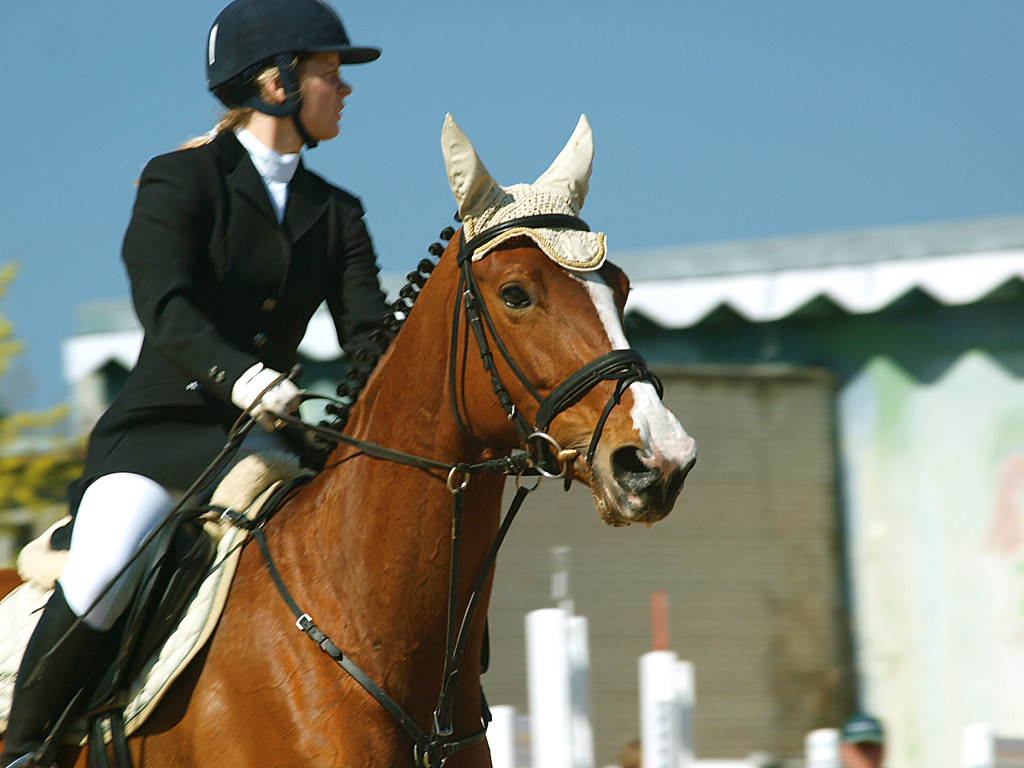
10. **The In-Between Space: Merging Sports, Gaming, and Fandom**Forget “collision”; the worlds of sports, gaming, and entertainment have already beautifully, profoundly merged. We’re living in an era where fandom isn’t a straight line from event to couch anymore. It’s a dynamic, multi-platform, choose-your-own-adventure kind of experience, and it’s absolutely thrilling to witness how deeply integrated these worlds have become for audiences worldwide.
Just imagine a typical fan’s evening: they might be passionately watching a College Football game, simultaneously clipping highlights to share on TikTok, or jumping into a lively discussion with friends on Discord about a controversial play. Later, seamlessly, they might dive into the fantastical virtual worlds of Roblox or Fortnite, seeing all of these activities as part of one cohesive, interconnected cultural experience, proving that traditional silos are a thing of the past.
For brands and content creators, understanding this integrated landscape is no longer optional—it’s essential. To genuinely “capture culture,” they can’t afford to operate in separate silos. The real magic happens when they strategically build within this “in-between space,” that vibrant connective tissue where sports passion fuels gaming behavior, and entertainment narratives enhance everything. Smart strategies are those that anchor firmly to fandom, regardless of the format, focusing on the fan’s journey.
This holistic approach isn’t just about reaching audiences; it’s about scaling into culture itself, often through the powerful voices of creators and the indelible impact of key moments. Jason Scorrano, a keen observer of this convergence, highlights that the smartest plays anchor to fandom, activate where sports passion meets gaming behavior, and scale into culture through creators. This is how true, lasting impact is generated.
Picture a vibrant campaign that kicks off with a lively, real-world tailgate activation, but then powerfully lives on through compelling creator content and innovative digital storytelling. That’s where impact compounds exponentially, demonstrating that you don’t capture culture by buying lanes, but by building in the overlap. This new paradigm is all about leveraging the constant flow of energy between these formerly distinct realms.
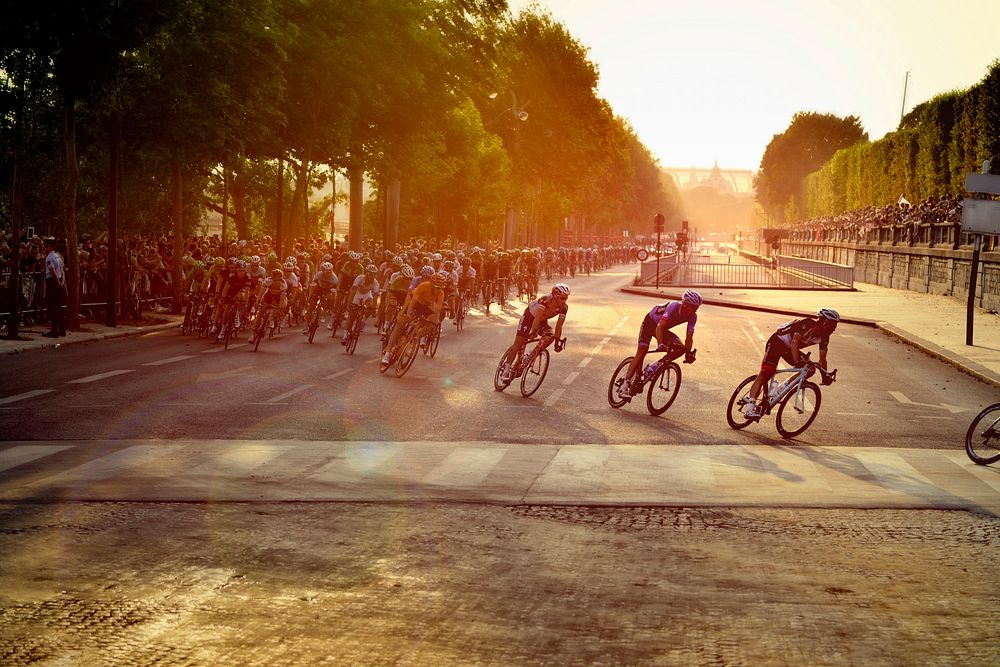
11. **Crossover Sports Events: Redefining Athleticism and Competition**Prepare to have your traditional notions of sport challenged, because a fascinating phenomenon is taking hold: crossover sports events. These aren’t just novelties or fleeting gimmicks; they are fundamentally reshaping what we understand as athleticism and competition, bringing together athletes from wildly different disciplines into a single, electrifying arena. It’s a true melting pot of physical and mental prowess.
These unique competitions demand a truly versatile athlete. Think about an urban challenge that seamlessly merges the fluid artistry of parkour with the precision and speed of BMX. Or a winter fusion cup where the gravity-defying grace of snowboarding collides with the sheer endurance of ice climbing. Even a mixed martial arts expo, blending the disciplined strikes of boxing, the intricate grappling of judo, and the rhythmic, acrobatic movements of capoeira, showcases this incredible blend of diverse skills and rigorous training.
The adaptation required from these athletes is nothing short of incredible. A sprinter, accustomed to explosive bursts, must recalibrate their power for the sustained stamina needed in a cycling race. A gymnast, renowned for balance and coordination, finds these attributes invaluable when navigating the complex obstacles of an adventure race. This isn’t just about simple cross-training; it’s about translating muscle memory, adjusting mental endurance, and leveraging complementary skills to gain a critical edge in unfamiliar territory.
Key elements athletes focus on include translating muscle memory to unfamiliar movements, adjusting mental endurance to match new competitive rhythms, and incorporating cross-training techniques for holistic strength. This intense preparation highlights a blend of physical and cognitive agility, essential for mastering distinct disciplines and excelling in these hybrid formats. Their commitment pushes the boundaries of human capability.
Beyond the athletic feats, these crossover events carry significant cultural weight. They effectively break down traditional barriers between diverse fan communities, fostering collaboration among athletes from disparate backgrounds. By introducing innovative formats, they spark fresh dialogues, celebrate the rich diversity inherent in athleticism, and promote inclusivity, mirroring broader societal shifts towards a more interconnected and dynamic world.

12. **Glimpsing the Future: Immersive Experiences in Sports and Entertainment**As we cast our gaze forward, one truth becomes abundantly clear: the intertwining relationship between sports and entertainment isn’t just here to stay, it’s destined for even greater heights. This dynamic, evolving connection is poised to deliver increasingly immersive experiences, constantly blurring the lines in ways we once only dreamed of, making every moment more vivid and interactive.
The rapid advancements in Virtual Reality (VR) and Augmented Reality (AR) are paving the way for truly mind-bending possibilities. Imagine no longer just watching your favorite sports movie, but literally being able to step into its world, perhaps even feeling the roar of the crowd or the tension of a championship point as if you were truly present. Or picture yourself standing shoulder-to-shoulder with your sporting idols, experiencing the intensity of a crucial match as if you were right there on the field, a virtual participant.
This fertile ground of convergence is also a breeding zone for entirely new forms of entertainment. It’s not beyond the realm of possibility that we could see blockbuster movies centered around the epic rivalries and skill of esports, capturing the drama and strategy of virtual competition. Or perhaps even brand-new sports could spring forth directly from the creative depths of a sci-fi flick, challenging existing definitions of physical activity. The boundaries of imagination are the only limits to what we might witness and participate in.
The future promises a deeper integration of digital and physical realities, transforming passive viewership into active participation. Fans will become integral to the narrative, shaping outcomes in interactive ways, and experiencing sports not just as spectators, but as part of the unfolding drama. This evolution promises to redefine engagement for generations to come, creating endless opportunities for connection and excitement.
Ultimately, this continuous, exciting blend of sports and entertainment serves as a profound mirror, reflecting and shaping our collective culture. It’s through this unique lens that we explore the full spectrum of human experience—our hopes, our hardships, our triumphs, and our losses. As fans, as artists, as athletes, we are all characters in this grand, unfolding narrative, finding our identities wonderfully intertwined within this magnificent fusion. The journey is only just beginning.




